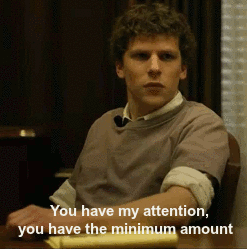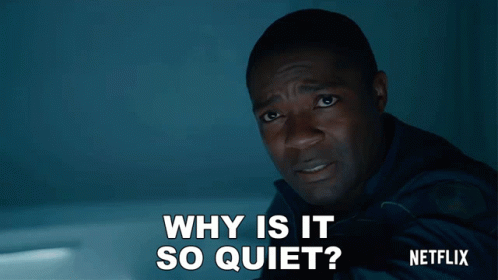
This logo isn't an ad or affiliate link. It's an organization that shares in our mission, and empowered the authors to share their insights in Byte form.
Rumie vets Bytes for compliance with our
Standards.
The organization is responsible for the completeness and reliability of the content.
Learn more
about how Rumie works with partners.

Ever have those conversations where you feel like you're both on the same page — but then it turns out you're reading totally different books?
It can lead to a lot of confusion, but there are several effective ways to clear things up and get back on the same track.
1. Active listening

There are different kinds of listening.
Hearing the words someone is speaking is the most basic form of listening — but it might not be the most effective way if you're trying to reach a mutual understanding with someone. This form of listening is called passive listening.
So the question is, what is active listening then? Active listening is more than simply hearing someone speaking. It's making an effort to understand them.
Active listening

Using non-verbal cues: eye contact, nodding
Back and forth communication
Asking questions for clarity
Paraphrasing or restating the speaker's statements
Passive listening

One-way communication
No responses, questions, or comments
Preoccupied with other activities during conversation
Passive listening won't lead to good communication. Active engagement and participation in the conversation is essential. Remember, communcation is a two-way street!
Quiz Time!

Jason is having a conversation with his friend Liam about Liam's plans for vacation next summer. Liam is excited and shares a lot of info at once, but Jason is having trouble keeping track. What should Jason do to make sure they understand one another?
A. Politely ask Liam to repeat himself.
B. Repeat or summarize what Liam said and ask if that's correct.
C. Don't interrupt Liam and let him continue speaking.
D. Be polite by quietly nodding and smiling, even if he's not sure what Liam means.
Quiz
Select all answers that will help Jason keep track of Liams words:
While interrupting someone while they're speaking can be rude, there are times when this can be appropriate. When you don't understand what they're saying, politely interrupting to ask questions for clarification can produce an effective conversation. It might be more impolite to silently allow them to speak while you have no idea what they're talking about — which is the opposite of active listening!
2. Check for understanding

While people should always make sure they understand who they're speaking to, it's not always a guarantee. This is why checking for understanding yourself is important.
Examples:
"I hope I'm being clear enough!" This is a straightforward way to see whether you're making your point clearly.
"What questions do you still have?" Some people might need the invitation to receive clarity.
"Was that helpful?" If you're providing someone with assistance, this can help you gauge whether or not you need to make yourself more clear.
3. Body language is key

Verbally checking for understanding can be effective, but there are other helpful ways to see whether someone is on the same page as you. In the attempt to be polite or avoid becoming bothersome, some people may not be truthful about their understanding.
Facial expressions

Raised or pinched eyebrows may show that someone isn't fully processing what you're saying.
Body positioning

Are they maintaining eye contact, or are they often looking elsewhere?
Silence

Silencecould mean they're still processing the information, but it could also mean lack of understanding.
Everyone is different!
While these signs help see whether someone understands what you're saying, they're not foolproof. Even with positive signs such as eye contact and nodding, misunderstandings can still lurk about.
Just in case, it might be beneficial to check for understanding occasionally, regardless of their body language — especially when you're speaking about complicated topics.
Take Action
 Photo by Christina @ wocintechchat.com on Unsplash
Photo by Christina @ wocintechchat.com on UnsplashTaking the time to make sure that you and your conversation partner have reached a mutual understanding can create efficiency, prevent avoidable frustration down the line, and allows you to foster stronger and more meaningful connections with people you interact with.
Now go on and converse with purpose and understanding!
This Byte has been authored by
Jessica Quang
Graduate Student